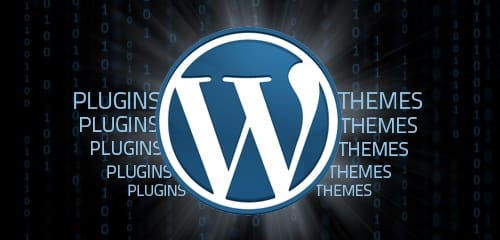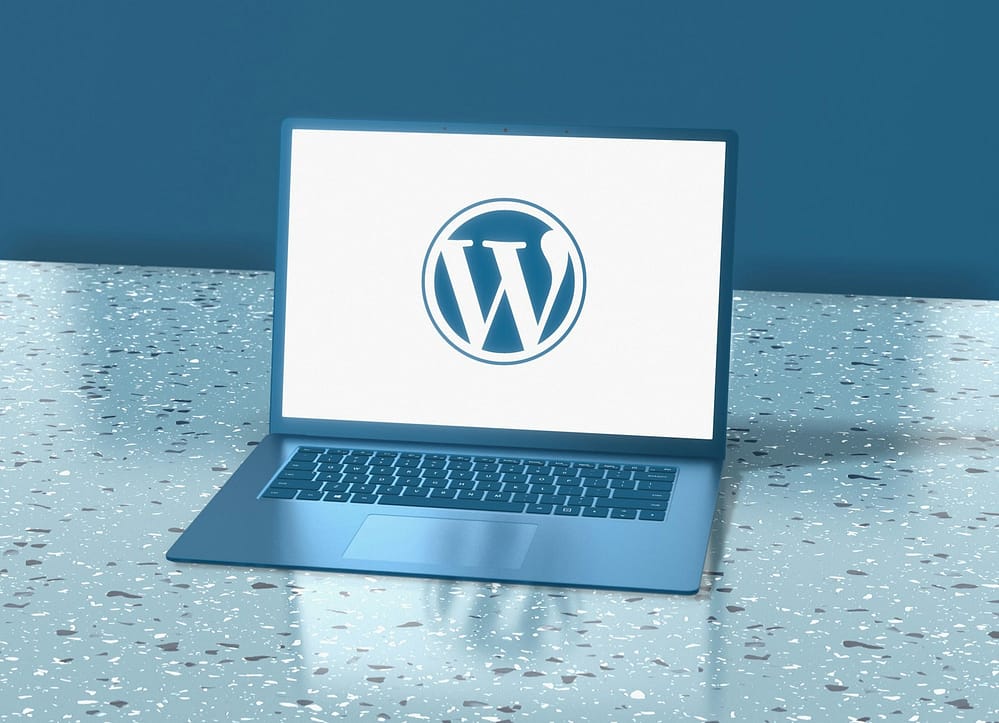What Are WordPress Themes? Everything Beginners Need to Know (Without Crying Into Their Coffee)
Ah, WordPress themes — the magical outfits your website wears to the internet party. Just like you wouldn’t go to a wedding in your pajamas (unless you’re that confident), your website also needs to dress up before showing itself to the world. And that’s where themes come in.
In this blog post, we’re going to explore what WordPress themes are, why they matter, how to choose one without losing your sanity, and how to make them your own. I’ll sprinkle in my own experiences, a few laughs, and some practical tips so you can walk away ready to give your site the glow-up it deserves.
Table of Contents
What is a WordPress Theme? (Beginner-Friendly Explanation)
A WordPress theme is a bundle of templates and stylesheets that decide your site’s appearance and structure. It controls the layout, fonts, colors, and even the vibe of your site — think of it as your website’s stylist, interior decorator, and personal shopper rolled into one.
Under the hood, a theme is made up of files like:
- PHP templates (decide structure)
- CSS stylesheets (decide style)
- JavaScript files (add interactivity)
When I first heard about themes, I thought it was something fancy that only tech wizards could handle. Spoiler alert: even I, with my then-zero coding skills, was able to pick and apply one in under ten minutes — and it felt like magic.
Related read: How to Choose the Right Technology for Your Website
Why WordPress Themes Matter for Your Website’s Success
Themes aren’t just about looking pretty. They actually have a big role in your site’s performance and user experience.
Here’s why they’re a big deal:
- First Impressions Matter – Visitors judge your site’s credibility within seconds. A good theme can make your site look professional and trustworthy.
- User Experience – Navigation menus, page layouts, and mobile responsiveness all affect whether visitors stay or leave.
- Brand Identity – Your theme sets the tone for your brand, whether it’s playful, minimalist, or corporate.
- SEO Benefits – A properly coded theme makes it easier for search engines to crawl and rank your website effectively.
- Speed and Performance – Bloated themes can slow your site down faster than a snail in molasses.
I once used a theme that looked gorgeous but took forever to load. My bounce rate skyrocketed because no one wanted to wait. Moral of the story: Looks without performance are like a race car stuck in first gear.
Related guide: Why is Your Website Not Ranking High on Search Engines?
Types of WordPress Themes (And Which One You Might Need)
1. Free WordPress Themes
Perfect if you’re just starting out and don’t want to spend a dime. You can access them through the official WordPress Theme Directory.
Pros: Free, simple, safe (if downloaded from official sources).
Cons: Fewer features, less uniqueness, may require manual upgrades for premium features.
My first ever blog used the free “Twenty Seventeen” theme. It looked fine, but after a while, my site started looking like 10,000 other sites. I needed something unique.
2. Premium WordPress Themes
These are paid themes with more features, customization options, and better support. You’ll often find them on marketplaces like ThemeForest.
Pros: Unique designs, premium features, professional support.
Cons: Costs money, and not all premium themes are created equal.
The first time I paid for a theme, I treated it like buying a designer jacket. My site instantly looked more polished, and I could customize everything without crying over CSS.
3. Custom WordPress Themes
Built from scratch for your specific needs. Usually done by a developer or an agency.
Pros: 100% unique, tailored to your exact brand and features.
Cons: Expensive, requires professional skills to update.
If you’re serious about standing out and have the budget, a custom theme is the way to go.
Related read: How to Develop a Mobile and Desktop App
4. Multipurpose Themes
These are the Swiss Army knives of WordPress themes — flexible enough for blogs, businesses, portfolios, and more. Examples include Astra, Divi, and Avada.
Pros: Highly customizable, can fit almost any type of site.
Cons: Can be bloated if you only need a few features.
Free vs Premium vs Custom Themes (Quick Comparison)
| Feature | Free Theme | Premium Theme | Custom Theme |
|---|---|---|---|
| Cost | $0 | $30–$100+ | $500+ |
| Customization | Limited | High | Unlimited |
| Support | Community | Developer | Dedicated |
| SEO & Speed | Varies | Generally good | Can be great |
| Uniqueness | Low | Medium–High | 100% Unique |
| Best For | Beginners | Growing sites | Established brand |
Picking the Perfect WordPress Theme for Beginners
Here’s the handy checklist I wish I’d had when I was starting out:
- Decide Your Website’s Purpose – Blog, portfolio, eCommerce store?
- Check Mobile Responsiveness – Most visitors will be on mobile.
- Look for Customization Options – Built-in page builders help a lot.
- Check Loading Speed – Use GTmetrix.
- Check Reviews – Avoid poorly rated themes.
- Consider SEO-Friendly Code – Well-structured HTML and schema markup.
- Ensure Ongoing Support and Updates – Outdated themes = big problems.
Related guide: How to Host Your Website on Cloud Hosting
Top 10 Beginner-Friendly WordPress Themes (With Pros and Cons)
Here are some great beginner-friendly themes you can actually trust:
- Astra – Fast, lightweight, flexible.
- OceanWP – Great for eCommerce and blogs.
- Neve – AMP-ready and fast.
- GeneratePress – Lightweight and stable.
- Hestia – Perfect for startups.
- Sydney – Business-ready theme.
- Zakra – 50+ starter templates.
- Storefront – Best for WooCommerce.
- Blocksy – Gutenberg-focused theme.
- Kadence – Clean + customizable.
Related post: What is Wix Web Builder?
Installing and Activating a WordPress Theme
- Log in to your WordPress Dashboard.
- Go to Appearance → Themes → Add New.
- Search or Upload Your Theme.
- Click Install, then Activate.
- Customize in the WordPress Customizer.
Reference: Official WordPress Theme Guide
Customizing a WordPress Theme Without Risk
- Use the Customizer (Appearance → Customize).
- Install a Page Builder like Elementor.
- Create a Child Theme to save your edits.
- Add Custom CSS for fine-tuning.
Related post: How to Advertise a Website: A Step-by-Step Guide
Common Mistakes Beginners Make
- Falling for looks alone.
- Ignoring speed.
- Picking overly niche themes.
- Skipping plugin compatibility checks.
- Not updating themes regularly.
Related post: How to Start Making Money with Coding Skills
SEO Benefits of Choosing the Right Theme
- Fast Loading → Better rankings.
- Mobile-Friendly → Higher Google scores.
- Clean Code → Easy for search engines.
- Schema Markup → Rich search results.
FAQs About WordPress Themes
Q: Can I change my theme later without losing content?
A: Yes, your posts and pages stay intact. But you may lose custom settings.
Q: What’s the safest place to get free themes?
A: The WordPress Theme Directory only.
Q: Do all themes support WooCommerce?
A: No. If you’re building a store, pick a WooCommerce-ready theme like Storefront or Astra.
Q: Should I use Elementor or stick to the default editor?
A: For beginners, Elementor makes customization easier. But Gutenberg (the default) is lightweight and improving fast.
Final Thoughts: Your WordPress Theme is Your Website’s Personality
Your WordPress theme is more than a design choice; it’s a reflection of your brand, your audience’s first impression, and a major factor in your site’s performance. Choose wisely, customize smartly, and don’t be afraid to experiment.
Related read: What is Software Engineering, Really?
At the end of the day, the right theme should:
- Make your site look professional
- Load fast
- Work on all devices
- Be easy to customize
- Support your site’s long-term goals
Keep in mind: trends may come and go, but timeless quality and the perfect fit never lose their charm.
Hi, I’m Prince Stephen Mordi, the mind behind Voob.com.ng. I write simple, beginner-friendly guides on tech, blogging, and making money online. My goal is to help you navigate the internet without headaches—because tech doesn’t have to be complicated!






Pingback: What Is Generatepress WordPress Theme - Voob